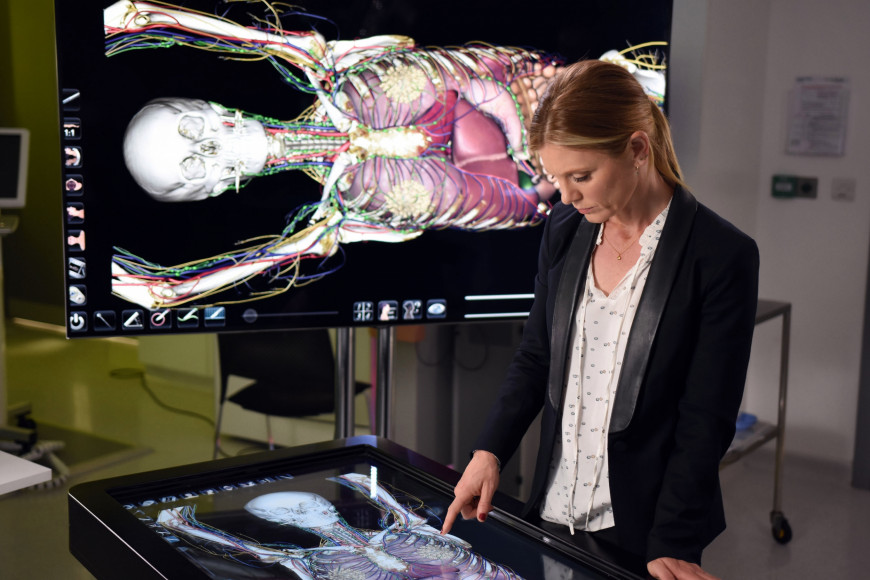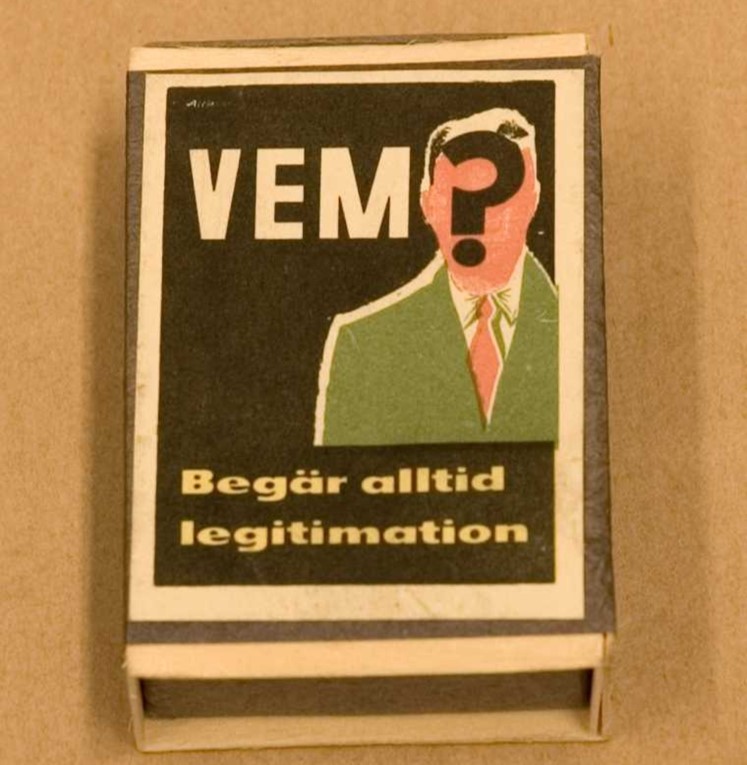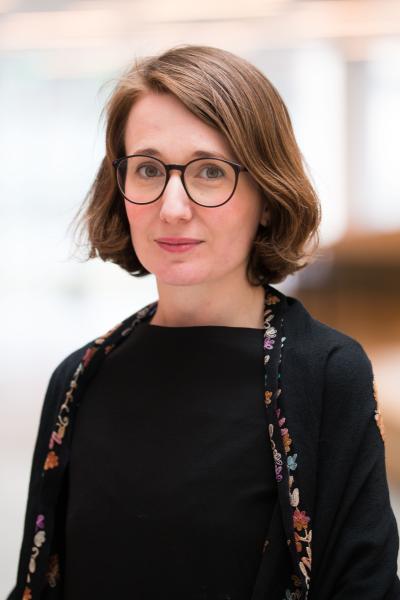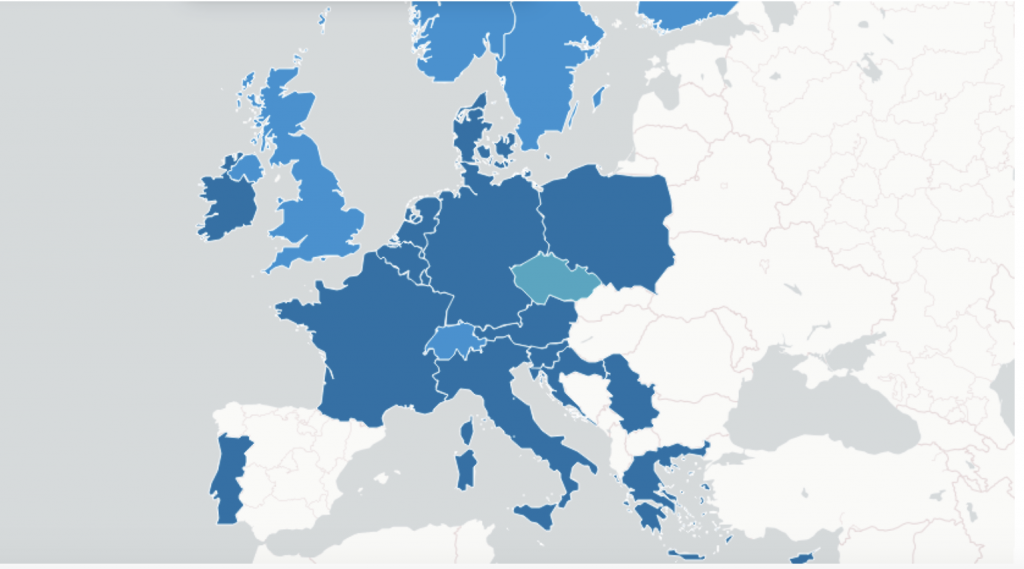Dr. Agiatis Benardou
Digital Curation Unit, ATHENA Research Center and Department of Informatics, Athens University of Economics and Business
Despite reservations expressed sporadically about the applications of digital methods and immersive technologies (3D modeling, artificial intelligence, augmented and mixed reality) in enhancing, complementing and augmenting human remains for educational or similar purposes in the context of museum exhibitions, historical sites or even television popular culture, it is evident that immersive experiences considerably attract wider audiences, expand potential stakeholder groups and enhance visitor experience (Ynnerman et al. 2016).
The application of digital methods to human remains concerns researchers and specialized practitioners. The ability of 3D modeling to quickly collect high-quality data from anthropological specimens has had wide-reaching implications, from conservation and restoration, to public engagement, to the production of replicas and increased accessibility of digital data (White, Hirst, and Smith 2018).
The latter accelerated the adaptation, adjustment and eventual transformation of these methods in order for digital human remains to be exhibited, often in interactive environments, to the general public.
Some notable examples of immersive technologies for the display of human remains are the interactive visualization and digital anatomy of the Gabelein Man at the British Museum and the immersive experience of the Grauballe Man at the Moesgaard Museum in Denmark, where visitors can activate animations of votive ceremonies (Asingh and Linnerup 2016).
On a more controversial tone, in 2019 BBC1 aired the ”Jack The Ripper – The case reopened” in which a number of experts tried to shed new light on the modus operandi of the famous serial killer by using new technologies and virtual reality. Through a combination of archival records with autopsy simulations, the end result raised concerns about the privacy of the victims and that of their relatives or descendants (Benardou 2019).

The autopsy table of ”Jack The Ripper – The case reopened”, by BBC1. 
Gebelein Man in visualization table, Photo: Interactive Institute, www.tii.se
While major cultural organizations such as the British Museum regularly review their policy and regulatory framework (Fletcher, Antoine, and Hill 2014), issues still raised by the application of immersive technologies to the public display of human remains remain unresolved; what are the ethical concerns around these practices and in which cases do these concerns revolve just around the remnants themselves rather than around the sensitive narratives that frequently accompany them? Are digital surrogates the answer in cases of unpublished anthropological material and its exhibition to wider audiences? And what are the restrictions (licensing, curation, reuse) of “human remains as data”? The answers will be provided gradually, as the irreversibly ever-evolving immersive technologies are being applied to an increasing number of human bodies of the distant or recent past.
References
Asingh, Pauline, and Niels Lynnerup. 2016. “Bog Bodies: The Grauballe Man.” Technè. La Science Au Service de l’histoire de l’art et de La Préservation Des Biens Culturels 44: 84–89. https://doi.org/10.4000/techne.1134.
Benardou, Agiatis. 2019. “Πόσες φορές ακόμα πρέπει να «ζωντανέψουν» για χάρη της ψυχαγωγίας τα θύματα του Τζακ του Αντεροβγάλτη;” LiFO, April 6, 2019. https://www.lifo.gr/articles/tech-sciences_articles/232727/poses-fores-akoma-prepei-na-zontanepsoyn-gia-xari-tis-psyxagogias-ta-thymata-toy-tzak-toy-anterovgalti.
Fletcher, Alexandra, Daniel Antoine, and JD Hill. 2014. “Regarding the Dead: Human Remains in the British Museum.” The British Museum. .
White, Suzanna, Cara Hirst, and Sian E. Smith. 2018. “The Suitability of 3D Data: 3D Digitisation of Human Remains.” Archaeologies 14: 250–71. https://doi.org/10.1007/s11759-018-9347-9.
Ynnerman, Anders, Thomas Rydell, Daniel Antoine, David Hughes, Anders Perrson, and Patric Ljung. 2016. “Interactive Visualization of 3D Scanned Mummies at Public Venues.” Communications of the ACM 59 (12): 72–81. https://doi.org/10.1145/2950040.



